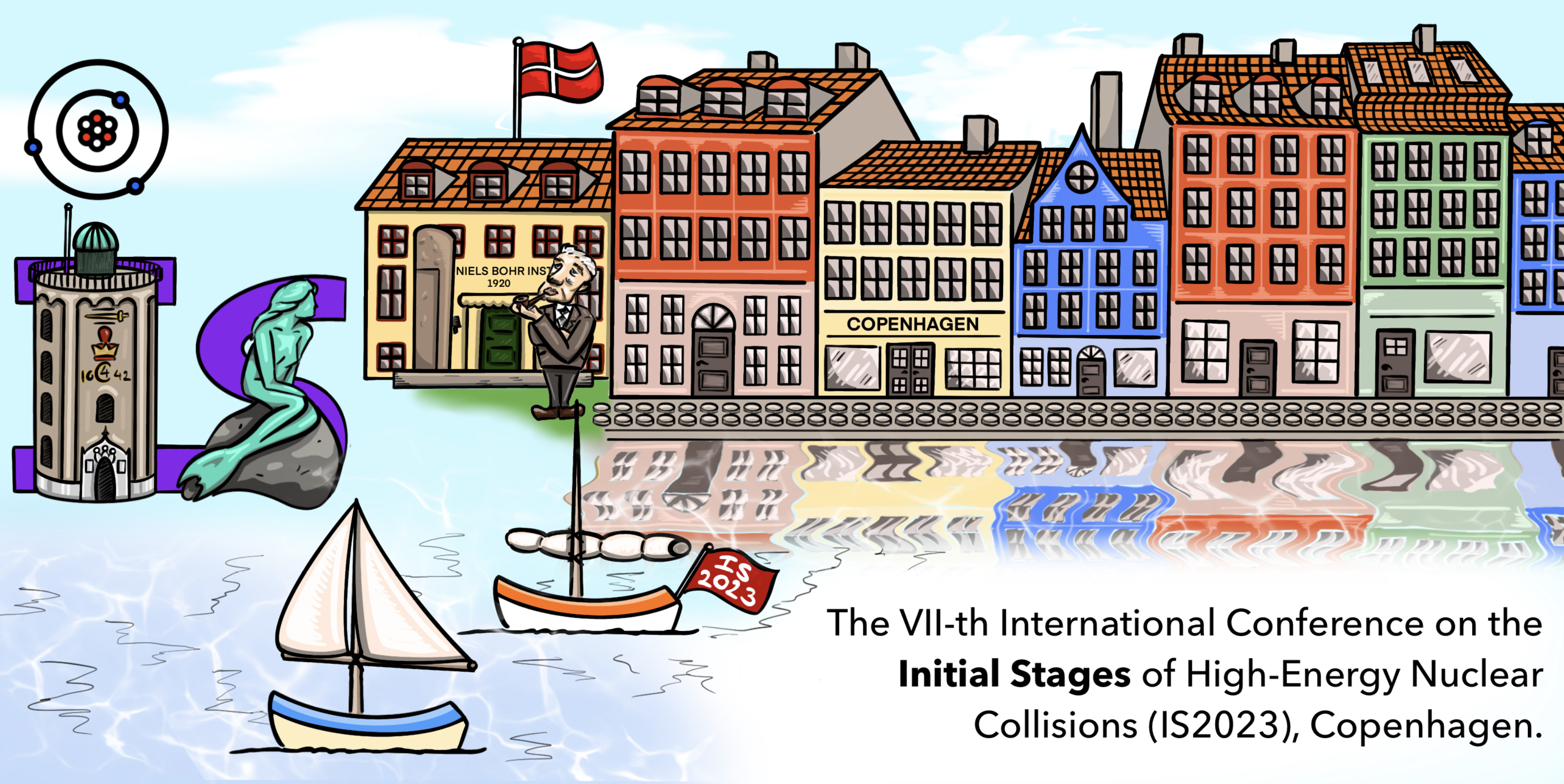Speakers
Description
In the EKRT model for ultrarelativistic heavy-ion collisions, we compute the initial fluctuating QCD-matter energy densities from NLO pQCD and saturation, and describe the subsequent space-time evolution of the system with dissipative fluid dynamics, event by event [1,2,3]. This model agrees remarkably well with the low-$p_T$ flow observables measured in Pb+Pb and Xe+Xe collisions at the LHC, and Au+Au collisions at RHIC, in the centrality range 0-50 \%. To extend this validity range further, and to perform a simultaneous comparison of the centrality dependence of hadronic multiplicities, $p_T$ spectra and various flow correlators against the latest LHC and RHIC data, we have now improved the fluid-dynamics part of the model significantly [4]. An essential new feature is the dynamical freeze-out that accounts both for a local Knudsen-number based criterion, and for a global criterion set by the overall size of the system. Importantly, our model is based purely on hydrodynamics also in the hadronic phase, so that a continuous parametrization of the temperature dependence of transport coefficients is possible. Adding a non-zero bulk viscosity and taking the chemical freeze-out at $T=155$ MeV, we obtain a good simultaneous description of the average $p_T$ and the proton multiplicity, and at the same time we show that the setup clearly improves the agreement with the $v_n\{2\}$ LHC measurements in peripheral collisions while maintaining the earlier good agreement with other flow correlations. We also show that bulk viscosity together with the dynamical freeze-out clearly improves the quantitative description of the recently measured $p_T,v_n$ correlations.
[1] H. Niemi, K. J. Eskola and R. Paatelainen, Phys. Rev. C 93, no.2, 024907 (2016)
[2] H. Niemi, K. J. Eskola, R. Paatelainen and K. Tuominen, Phys. Rev. C 93, no.1, 014912 (2016)
[3] K. J. Eskola, H. Niemi, R. Paatelainen and K. Tuominen, Phys. Rev. C 97, no.3, 034911 (2018)
[4] H. Hirvonen, K. J. Eskola, H. Niemi, Phys. Rev. C 106, no.4, 044913 (2022)
| What kind of work does this abstract pertain to? | Theoretical |
|---|---|
| Which experiment is this abstract related to? | Other |
